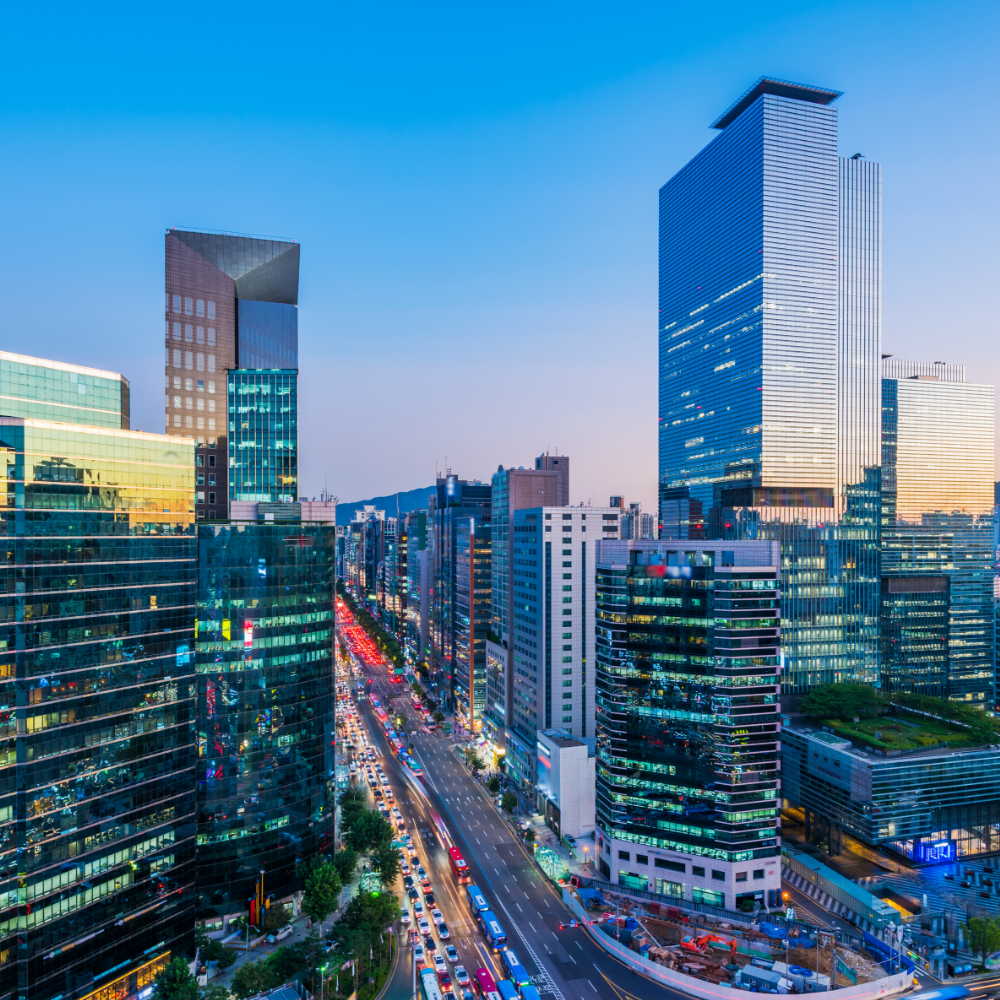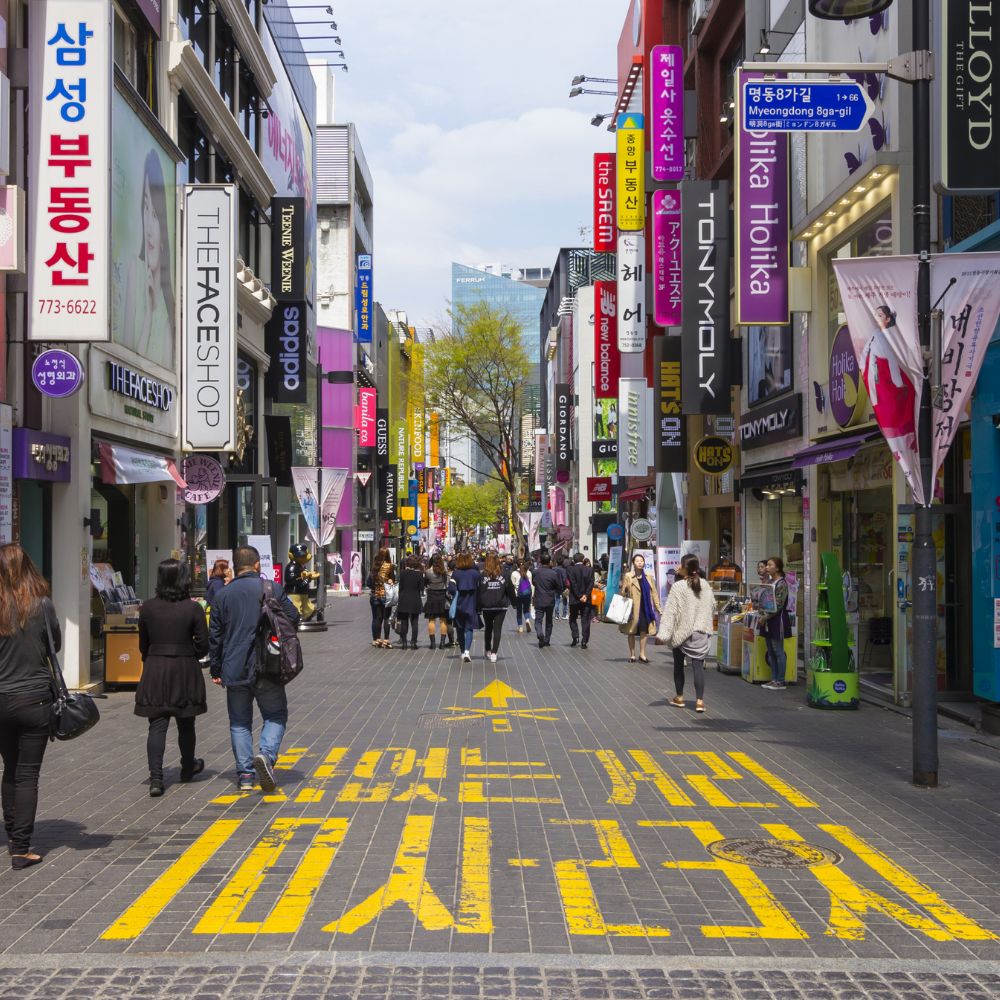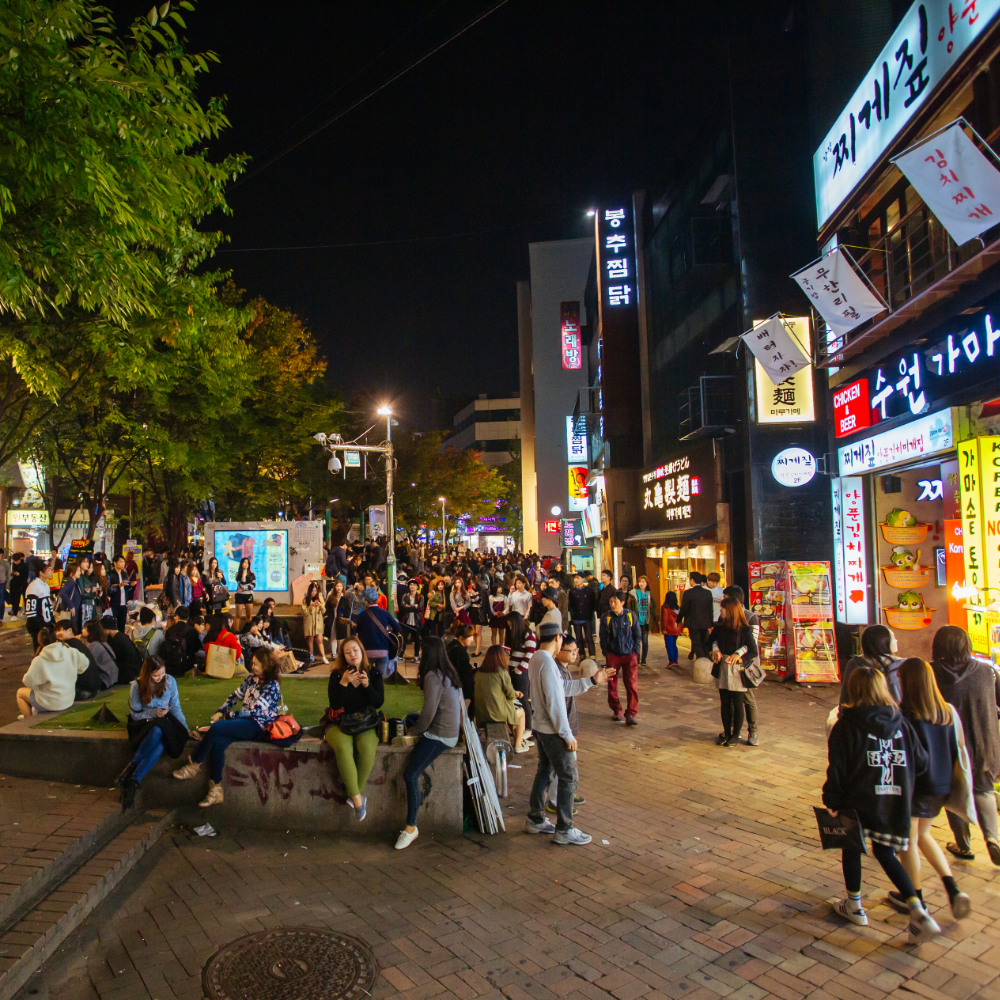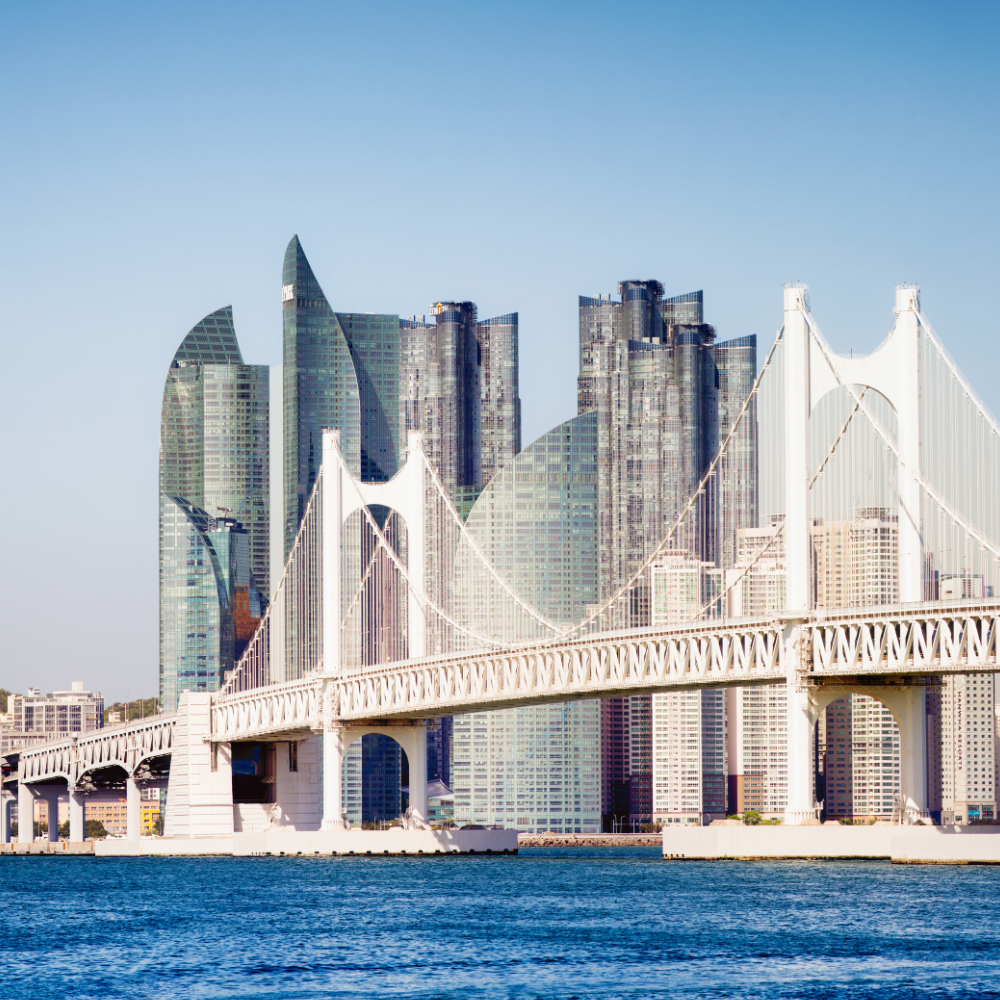Scar Treatment in Korean Dermatology: How to Fade Acne Marks, Surgery Scars & Trauma
From microneedling to laser resurfacing, discover how Korean dermatologists approach scar treatment with precision, layered care, and lasting results — whether it’s acne, surgical, or trauma-related scarring.

Types of Scars and What Causes Them
Not all scars are the same. Korean dermatologists classify them into several types: atrophic (sunken acne scars), hypertrophic (raised scars), keloids, and post-inflammatory pigmentation. Each type forms due to different skin responses to injury, infection, or inflammation — and each requires a tailored treatment.

Korean Clinic Treatments for Scars
Clinics in Korea use a layered strategy. For acne scars, **Fraxel** or **Picoplus fractional lasers** are common. For raised scars or keloids, **steroid injections**, **CO2 lasers**, or **plasma devices** may be used. Microneedling (Potenza RF or Dermapen) combined with exosomes or skin boosters accelerates regeneration and smooths texture.

Combining Treatments for Better Results
Scar treatment is rarely one-size-fits-all. Korean dermatologists often combine:
- Fractional laser + exosome skin booster - RF microneedling + LED therapy - CO2 laser + silicone patch - Scar filler (for deep boxcar scars)
This multi-step approach targets both surface texture and deep tissue healing — speeding up results and reducing recurrence.

Aftercare for Treated Skin
Post-treatment care is just as critical. Korean clinics advise: - Applying cold packs for redness - Avoiding exfoliants, retinoids, or makeup for 2–3 days - Using **barrier-repair creams** and **SPF50+** daily - Following up with moisturizing skin boosters like PDRN or exosomes

Dr. Beau's Note
Scar healing takes time — and the right guidance. Don’t expect miracles overnight. But with proper diagnosis, consistent care, and layered treatments, Korean dermatology can dramatically improve scar appearance and skin confidence. Be patient, trust the process, and always protect your skin after treatment.











